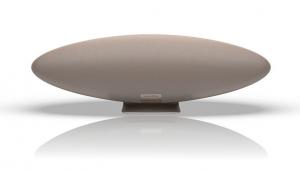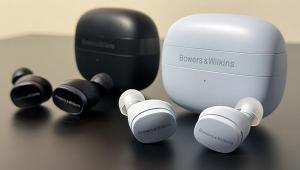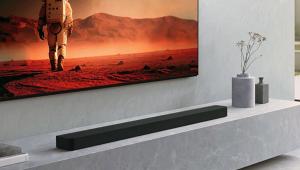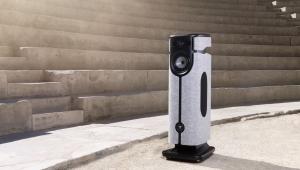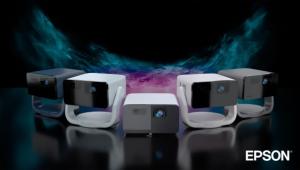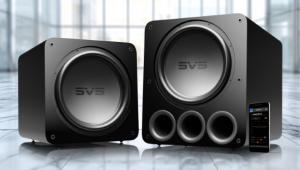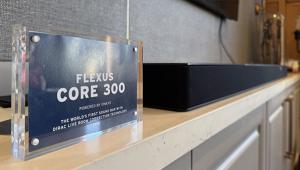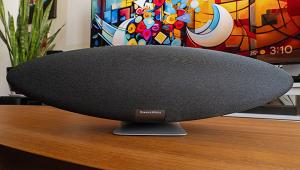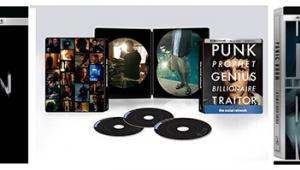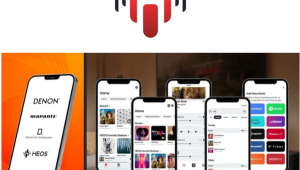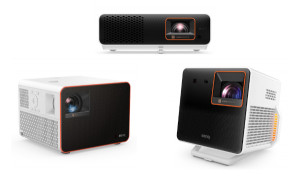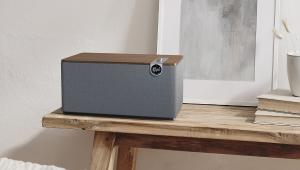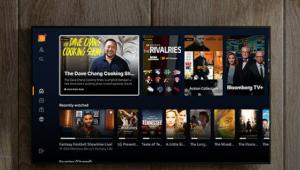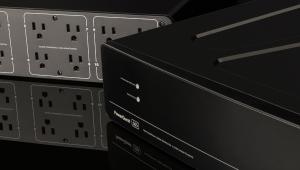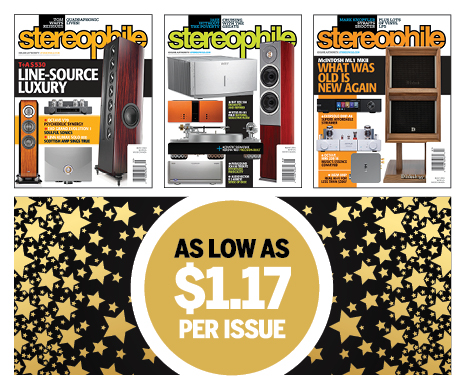S&V's Fantastic Four Page 5
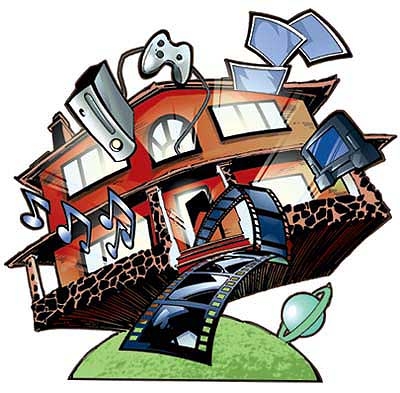
by John Sciacca
Whole-house systems used to consist of little more than pairs of speakers with volume controls. These music systems were simple to use and relatively inexpensive but offered virtually no control beyond, "Volume too low? Turn the knob!" If you wanted to skip discs or change channels, you added a keypad or a touchpanel. But today's entertainment systems require more control and involve a lot more than just music.
THE TREND Physical media collections are disappearing, replaced by files that are ripped or downloaded, then stored and sorted on a hard drive. Accessing these files with a simple play command ain't gonna cut it. Play what? Play who? Play where? To navigate the thousands of songs stored on hard drives around the house, you need to see the artists and songs in your audio arsenal. And why limit your entertainment choices to music? What about your digital photos? Or recorded TV shows? Or your DVD collection? The sheer proliferation of options has led to a radical rethinking of how best to distribute entertainment around the house.
WHY IT MATTERS Digitizing and storing your media collection on a hard drive lets you access all of your content from any location. Plus, ripping a CD into a digital file format like MP3, WMA, or AAC via a computer or a dedicated media server often automatically retrieves artist, album, and track information from the Internet. Then you can sort your library at the click of a button or create playlists that fit just about any mood. Accessing numerous files at once is child's play for a hard drive, so now everyone can listen to his or her favorite music at the same time from any room in the house.
THE GEAR A computer is usually the starting point. Windows-based machines feature Microsoft's Media Player and Apple's come equipped with iTunes, both designed to transform your CDs into compressed digital files and help you manage your collection. You can send media throughout the house over a wired or Wi-Fi network using components called "clients" or "media bridges." Companies known for providing networking solutions, like Belkin, D-Link, and Linksys, offer media bridges. Similar products are also available from Roku and Acoustic Research.
Realizing that streaming is the future, A/V manufacturers are making network connectivity the next "must have" feature. Series 2 TiVos, for instance, can stream music and photos from networked computers or move recorded shows from one TiVo to another. Ethernet connections have even started appearing on Toshiba and Philips TVs and on Denon and Onkyo surround receivers.
And companies like Pioneer and Denon offer gear designed to let you surf your iPod's contents on your TV screen. Even custom-installation companies like Sonance, Niles, SpeakerCraft, and Crestron have welcomed the iPod, creating interfaces to access your player from touchpanels around the home. But enjoying an iPod means one song at a time right? Wrong! The Control 4 system treats your iPod - or any USB device - like any other drive and can play multiple songs at once, letting everyone in the house Pod it up.
Keeping up with these changing times has required many controllers to undergo a makeover. The Sonos Digital Music System and the Yamaha MusicCAST are perfect examples. Whether wired or wireless, every controller displays artist, album, and track info to enrich the browsing experience.
Media Center PCs are having an impact on the whole-house landscape as well (see "Let Us Entertain You," and "The Custom Installer"), and with its Media Center Extender functions, Microsoft's new Xbox 360 (see "First Look: Xbox 360") brings the computer into your living room. It easily streams media from your PC, including programs recorded in high-definition.
THE FUTURE Computers will continue to expand their influence over your entertainment, extending beyond music into movies, gaming, and TV. Ultimately, equipment racks will be reduced to a TV and a receiver with a built-in media client. Any device with a Web browser - whether cellphone, computer, or PDA - will serve as the controller, delivering an identical interface, providing access to all of your media from anywhere inside the house - or anywhere in the world! Internet download times and content availability will improve to the point where accessing movies or TV shows will be instantaneous. And adding new media of any kind to your collection will require just a simple click of the mouse instead of a trip to the store.
- Log in or register to post comments


















